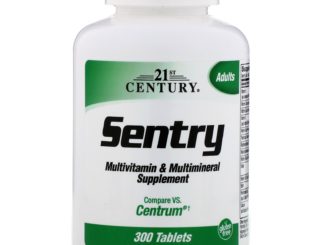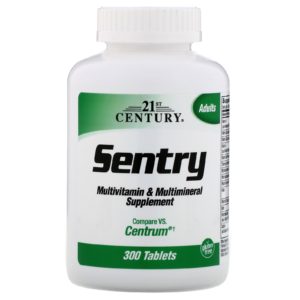The properties of Tin
Tin is a natural element in the earth’s crust. It is a soft, white, silvery metal that does not dissolve in water. It is present in brass, bronze, pewter, and some soldering materials. Tin metal is used to line cans for food, beverages, and aerosols. Tin can combine with other chemicals to form compounds. Combinations with chemicals like chlorine, sulfur, or oxygen are called inorganic tin compounds (i. e. , stannous chloride, stannous sulfide, stannic oxide). These are used in toothpaste, perfumes, soaps, food additives and dyes. Tin also can combine with carbon to form organotin compounds (i. e. , dibutyltin, tributyltin, triphenyltin). These compounds are used to make plastics, food packages, plastic pipes, pesticides, paints, and pest repellents. Tin metal, and inorganic and organic tin compounds can be found in the air, water, and soil near places where they are naturally present in the rocks, or where they are mined, manufactured, or used.



























































